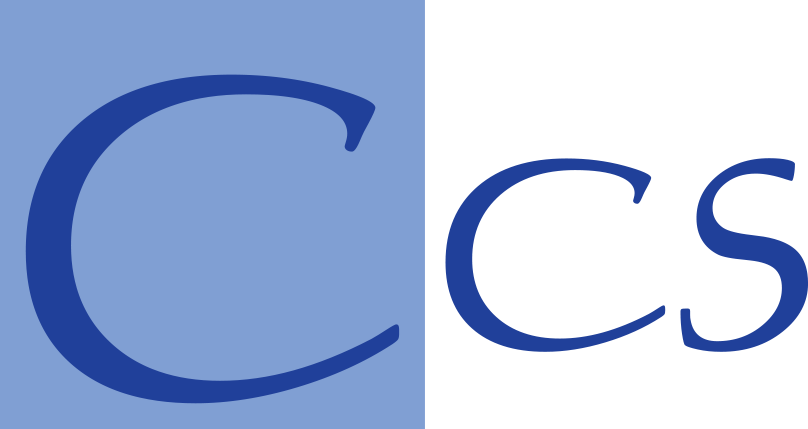Audio
Many clinicians start their careers with the mindset that the DSM is the ultimate guide for diagnosing clients. While the DSM is an essential diagnostic tool, we must remember it is simply a manual that lists recognized mental health disorders and the criteria necessary to diagnose. The DSM serves as a foundational resource for identifying diagnoses based on symptoms and medical necessity, but it should not be the sole focus of our clinical approach.
Diagnosing with Care
When you’re a new clinician, it’s easy to become overly reliant on the DSM. After all, it gives clear-cut guidelines on what constitutes various mental health disorders. However, it’s important to understand that while the DSM helps you diagnose, it doesn’t give a full picture of how to treat a client or how to guide their therapeutic journey.
Take PTSD or major depressive disorder, for example. A client may meet the diagnostic criteria for both, but they may not be emotionally ready to dive into trauma work right away. Forcing them into a specific treatment based on the DSM criteria alone, without considering where they are in their healing process, would be inappropriate. Instead, focus on what the client wants to address in the present—such as helping them manage day-to-day depression symptoms—before moving on to more complex issues.
Clients Are More Than Their Diagnosis
A common mistake for new clinicians—and sometimes even seasoned ones—is identifying clients solely based upon their diagnosis. This can limit our ability to connect with them on a human level. The DSM is a tool for diagnosing, but clients are not their diagnosis. They are individuals with unique concerns, goals, and capacities. It’s critical to remember this in practice.
Sometimes, clients themselves may become overwhelmed by their diagnosis, feeling as if it defines who they are. They might feel paralyzed by labels like “bipolar disorder” or “generalized anxiety disorder,” much like someone with a medical condition may panic after reading worst-case scenarios online. As clinicians, it’s our job to help clients see that their diagnosis is just one part of their story—not the whole narrative.
Finding Balance in Treatment
Ultimately, the DSM should serve as a resource to help guide us in the right direction for diagnosis, but it’s not our resource to utilize when considering how to treat our clients. Therapy is about working collaboratively with clients, not just ticking off boxes to meet diagnostic criteria. Every individual’s path to wellness is different, and a diagnosis is merely the starting point. By understanding that, clinicians can help their clients move forward in a way that is respectful, compassionate, and tailored to their needs.










